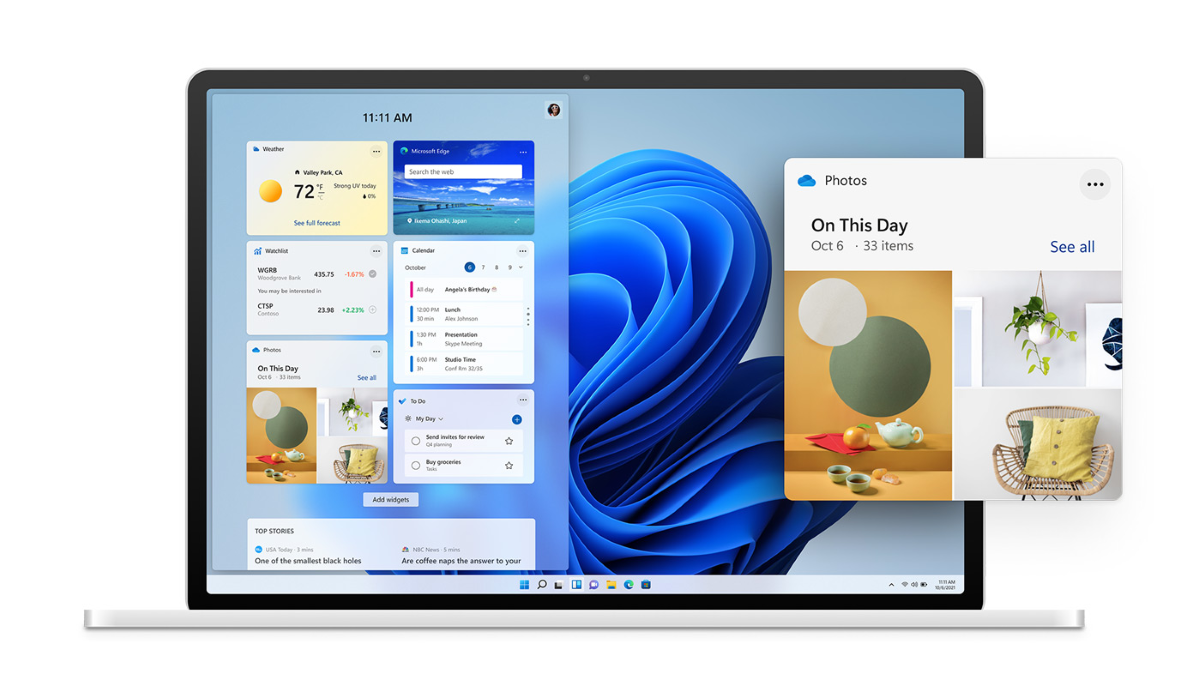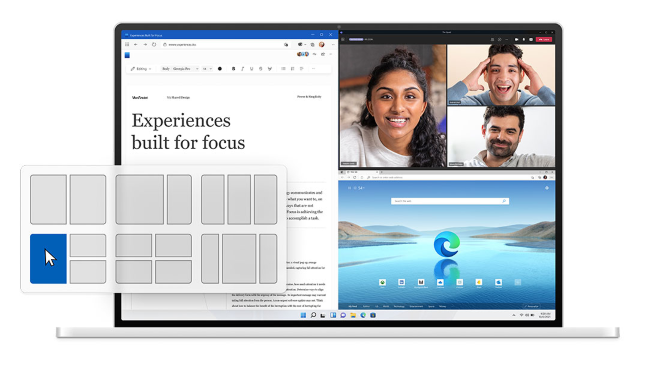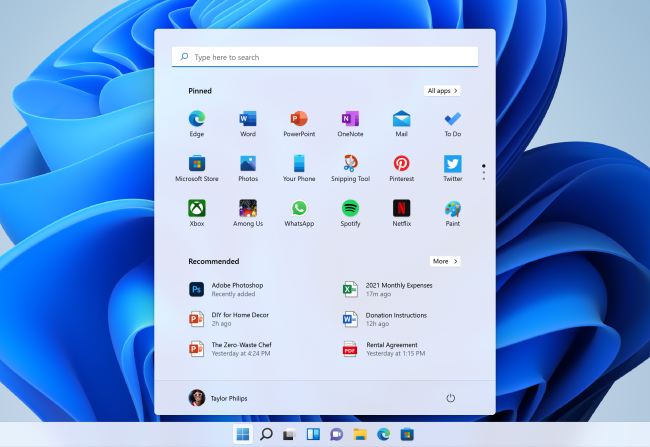Quick Links
Microsoft has been dutifully updating Windows 10 for years, adding features and tweaking the interface. Now, there's a clean break on the horizon: Windows 11, a whole new operating system, which will be released in late 2021.
Can Windows 10 PCs Upgrade to Windows 11?
Some Windows 10 PCs are eligible to upgrade to Windows 11 when it arrives around the end of 2021. If your PC can run Windows 11, the upgrade will be free.
It all depends on your PC's hardware. Windows 11's system requirements are more stringent than Windows 10's. For example, Windows 11 will only run on 64-bit PCs. In addition, your PC will need a TPM 2.0 chip and UEFI firmware with Secure Boot capability. PCs from the Windows 7 era will almost certainly not be eligible.
You can check if your PC can run Windows 11 by running Microsoft's free PC Health Check app. If the tool says your PC will not run Windows 11, there is a chance your TPM or Secure Boot are disabled in your computer's UEFI firmware settings. You can try visiting your UEFI firmware settings (BIOS) and enabling these features.
Can I Still Use Windows 10?
Windows 11 may feel like a big update for Windows 10, but it's a whole new operating system.
If your existing PC doesn't support Windows 11---or if you just prefer Windows 10 and would like to stick with your existing operating system---you can keep running Windows 10.
Microsoft says Windows 10 will be supported with security updates until October 14, 2025.
You can keep using Windows 10 with no security concerns until then. We also expect software and hardware developers will likely continue supporting Windows 10 up until that date---and perhaps even beyond then.
However, some new hardware components---new CPUs, for example---will likely only work with Windows 11.
Can Windows 11 Run the Same Software?
While Microsoft has been talking a lot about implementing some kind of container system that isolates traditional Windows desktop apps for security, there's no indication anything like that is happening here.
Windows 11 can run the same applications Windows 10 can.
Better yet: The new Microsoft Store will allow traditional Win32 desktop apps and other software, making classic Windows software work even better on the new version of Windows. Microsoft isn't creating a whole new application platform like "Metro" in Windows 8 or "UWP" in Windows 10 this time around.
On top of that, Windows 11 can run Android apps.
What's New in Windows 11?
Windows 11 includes some actually useful new features that will help you multitask with multiple windows and even work with multiple monitors. The Start menu has been simplified, and live tiles have been removed.
Updates are getting better. Updates will be 40% smaller, and Windows will install them in the background. Also, there will be only one big update to Windows 11 per year---not two big updates per year, as there were with Windows 10.
The taskbar is getting a widgets pane, and Microsoft is integrating Microsoft Teams into the taskbar for easy chatting and calling. (Clearly, Skype hasn't done so well under Microsoft's ownership.)
We've already mentioned the improvements to Windows 11's Microsoft Store, which are huge: Finally, every Windows app you might want can be part of the Store. You'll even be able to install Android apps from the Store
There are some improvements for PC gaming, too. Auto HDR and DirectStorage make their way from the Xbox Series X over to the PC, improving graphics in many older games and optimizing load times in newer games on powerful PCs.
What Did Microsoft Remove From Windows 11?
A variety of features are being removed from Windows 11. Here are some of the big ones:
The taskbar is changing, and a variety of options are being removed. For example, you can no longer move your taskbar to another edge of your screen---it must always be aligned on the bottom. You can no longer enable window labels on the taskbar, either.
The Start menu is dramatically simplified. Live tiles are gone, effectively replaced by widgets in the Widgets panel. You can't name pinned groups or folders of apps in the Start menu.
Cortana is no longer pinned to the taskbar by default, and Cortana won't talk to you during the PC setup process anymore.
There are many other changes, and Microsoft has a list of removed features. Overall, however, the features being removed are things you probably won't miss. (Goodbye, Windows Timeline!)



